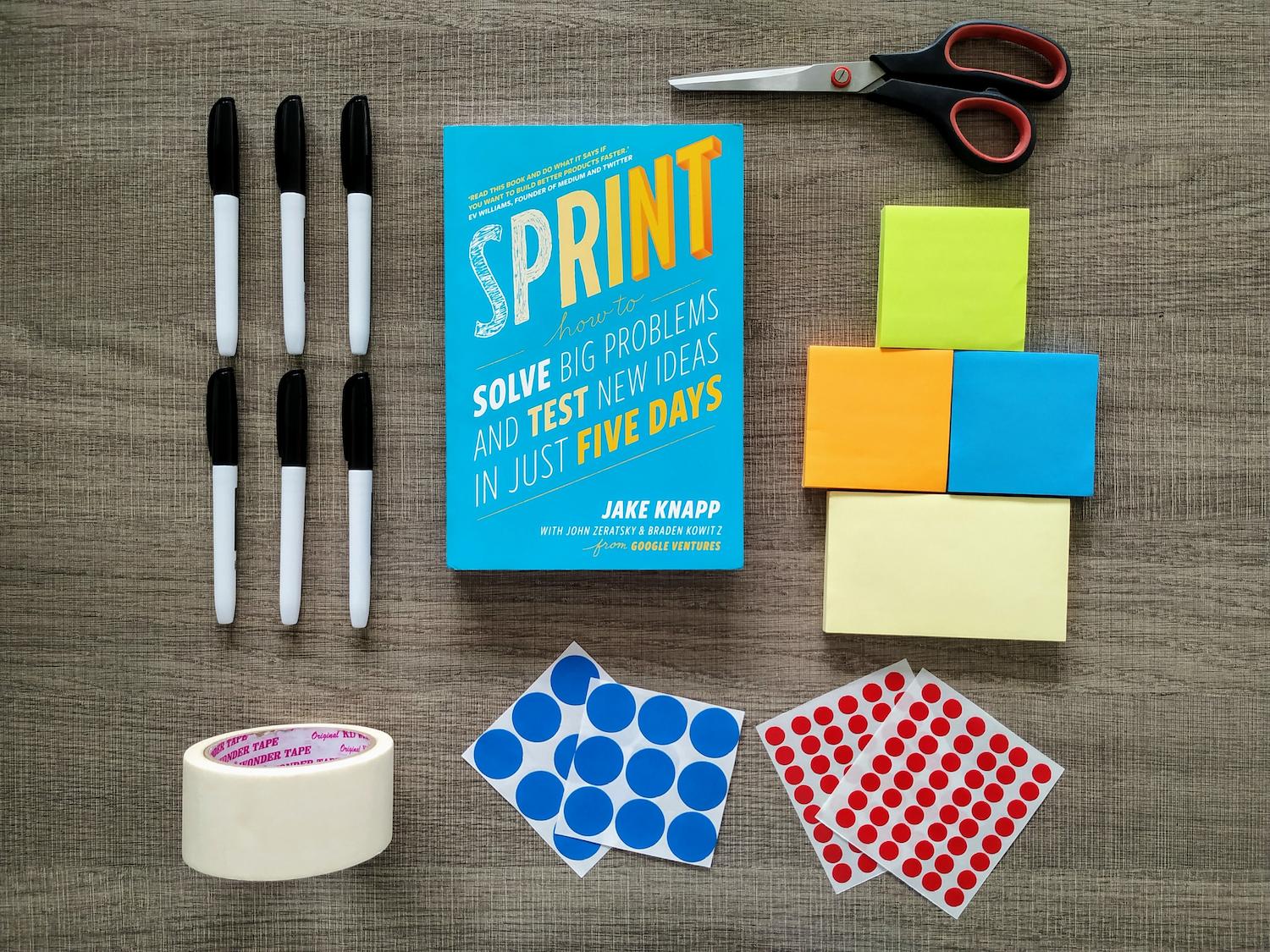A little bit of history
Agile methodologies are becoming one of today's most prominent IT businesses working strategies. They are referred to as a new management philosophy that improves efficiency, productivity and waste reduction. They make us aware of the importance of monitoring the work processes, learning from mistakes and adapting to change. This approach is is also proving increasingly popular in other areas of business - from education to non-software areas to such exotic topics as poverty alleviation or government initiatives.
In Europe, the vast majority of companies still operate according to the so-called "waterfall model" of management, which is, in a sense, a representation of the first production lines. The processes follow one after another. Quality is not being verified until the very end, when the product is ready, and the cost of modifications is highest. This model is deemed ineffective because people are generally not good at predicting the future and estimating tasks. Toyota knows best, having developed its unique and, as it turns out, revolutionary production system (Toyota Production System = TPS). System of continual personnel, process and product improvement at all stages of production. Toyota is an inspiration to manufacturing companies from all over the world. This brand was also a crucial factor in the development of agile methodologies and new ways of thinking about management.
How did it come about?
Right after the war, Edward Deming became widely recognized for developing the "Plan, Do, Check and Act" cycle (PDCA = Plan, Do, Check, Act), which demonstrates the basic principle of continuous improvement in different kinds of production. Deming was the first American specialist to transfer knowledge to Japanese engineers and managers. His idea was to assess product quality while still in production, through personnel management, planning, product design and process monitoring. The Japanese, who later developed the Toyota Production System, based TPS on the ideas of constant observation of production and consistent improvement along the way. Toyota decided not to turn their workers into mindless labourers. They are aware that the employees are the ones who know best all aspects of production and can improve their work. Thus, every employee in the company was involved in solving problems, enhancing quality, safety, and reducing costs at every stage of production. The goal was one: the pursuit of excellence by eliminating waste. This is why TPS is often referred to as Thinking People System.
In 1986, the Harvard Business Review published an article entitled "The New Product Development Game." It was written by two Japanese professors Hirotaka Takeuchi and Ikujiro Nonaka who proved that the old method of developing new products (not just software), i.e. the waterfall system introduced by NASA, was flawed. In their opinion, the most efficient teams should use a faster and more flexible process of overlapping activities. This method is autonomous and mutually reinforcing. Management would not order anything - they merely facilitated tasks and removed obstacles.
After seven years, Jeff Sutherland found the article "The New Product Development Game". He was looking for a way to organise his team and decided to employ this new method. So, the Scrum method was formally born - lightweight, agile, adaptable. One of the core agile methodologies.
How does this relate to product management?
Agile product development management uses methods that by means of iterative work break activities into several smaller parts (iterations). This is because Agile assumes that the direction of the work can shift on a frequent basis. As far as I can see it, the product is a tangible good, a service, a place, an organisation, or an idea.
The core values and principles that guide agile can be defined as follows:
People and interactions over processes and tools
The success of your product development depends on the people involved. Well-defined processes, expensive and modern machines mean nothing if the team is not engaged. When you adopt agile practices, it's easy to distinguish the dedicated team members from the flowery-talking posers and surround yourself only with the former.
How can you do this?
Depending on the company's capabilities, allow for employee initiative and solutions to improve the company's work and reduce costs. This could be a special email, a suggestion box, or simply the opportunity to speak directly with a manager. It's also important to acknowledge the impact of such suggestions. Especially when it comes to implementing them within the company. Your employees know a lot about your product. They are often creative and can suggest new solutions that you would not think of. You'll notice how many things are born in their minds once they have the freedom to express their opinions. Unfortunately, in many companies, a lower-level employee's initiative still means they have "jumped the queue." Agile companies do not rubber stamp their employees and give everyone equal opportunities.
How do others do it?
At Google, for example, employees have the opportunity to spend 20% of their time on research projects, called "pet projects" (Polish companies using the agile approach invest between 5 and 10% of their employees' time in this way). They develop prototypes, new functionalities and anything they think is missing in the company's development line. This is how Ben Goodger and Darin Fisher created the popular browser Google Chrome 13.
"Working" products over complex "documentation"
Preparing detailed documents and plans before the production process ties your hands, in my opinion. You know your industry, you have an idea for a product, you think you have it all figured out. And yet, the product is delayed or not what it appears to be on the promotional images. You are extremely upset - with yourself, with your employees, with your suppliers. After all, it was specified and agreed upon, wasn’t it?
From a team's point of view, the situation is entirely different. The plan almost always has holes in it and logically contradicts itself. Also, EVERYONE interprets the written word through the lens of their personal experience. It's critical to recognize that everyone (you, your team, and even your supplier) is on the same page when it comes to the product you're developing.
How can you do this?
Plan iteratively - for no more than 1 month in advance. Outline the tasks for a particular iteration in an easy-to-read format and prioritise them. Get the most important ones done first, do not get distracted. This will allow you to clarify any doubts about your product's direction on an ongoing basis and put the product first. By shortening the response time, you'll reduce the cost of developing the product. And the team itself will have clearly defined goals, which will affect its performance, which in turn will indirectly affect your profits.
Working with the customer beyond contract negotiation
Continuous collaboration with the customer at every stage of development is one of the fundamental characteristics of agile. The customer should be present at every stage of product development. And your company's results depend on the provided feedback.
How can you do this?
Change the mindset to win-win. When you work with a customer who buys your product, you know what he needs. He knows what stage of production the product is in, and both parties can benefit. You avoid a situation where a product that took months to develop does not meet the customer's needs. Also, you do not have to worry about overproduction, inventory, or even defects in the manufactured products (which you may think are not a defect, but a product specificity). On the other hand, if the customer knows the exact waiting time, he can plan sales, advertising and, most importantly, expenses.
Adapting to changes over adhering to the plan
New requirements and changes always arise during production. Most of the time, in fact. We realise that we can improve our assumptions from the beginning of the work. The Agile approach makes you realise that change is good and is an immutable part of the work.
How can you do this?
Imagine creating a product together - a bestseller - through regular collaboration with your customer. Regular and effective communication allows you to continually respond to your audience's trends and sales. With a two-week production iteration, you can easily schedule tasks and deliver the product to your client no later than two weeks later. Why it matters. A bestseller is a trend in the marketplace. It does not last long. Agile companies seize every such opportunity. A quick marketing response to trends is not enough. Production has to keep up with the advertising claims. And when it adopts agile methods, it does not run out of breath.
How do others do it?
Pandemic is an excellent example. Agile companies quickly adapted to the changing market trends that resulted from people being locked out of their homes. Within a month, Asian clothing companies adjusted their production, sales, and advertising to meet the new needs of consumers. In Poland, one such pioneer in the underwear industry was Ava, the first to announce the sewing of masks for paramedics.
Now answer yourself the question, what is more important: a product tailored to the needs of your customers, or a product of your dreams, and if customers do not like it, so be it?
I believe there is only one answer to this question. Openness to interpersonal communication, teamwork, creativity and self-organisation will allow you to create a GOOD PRODUCT ADAPTED TO YOUR CLIENTS' REQUIREMENTS, without wasting human and material resources. Choosing any other approach is simply a way to" shoot yourself in the foot ".
If you are interested in this topic, I encourage you to read the books: Jeffrey Liker "The Toyota Way: 14 Management Principles from the World's Greatest Manufacturer" and Jeff Sutherland "The Art of Doing Twice the Work in Half the Time".
This text was published in the Polish version in the fashion industry magazine Modna Bielizna. It is also chosen for the shortlist for publication in the Russian magazine Modnoye Bieljo.



